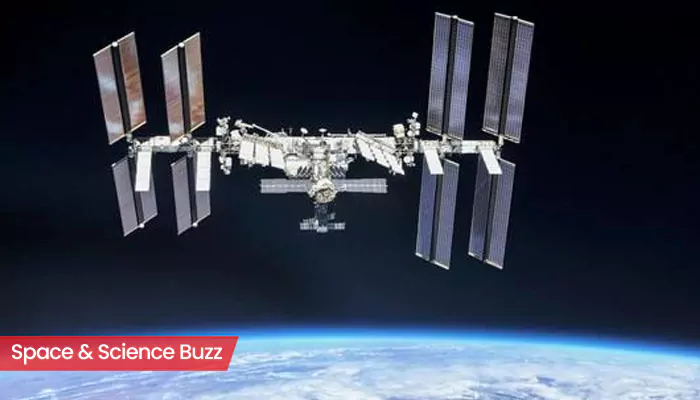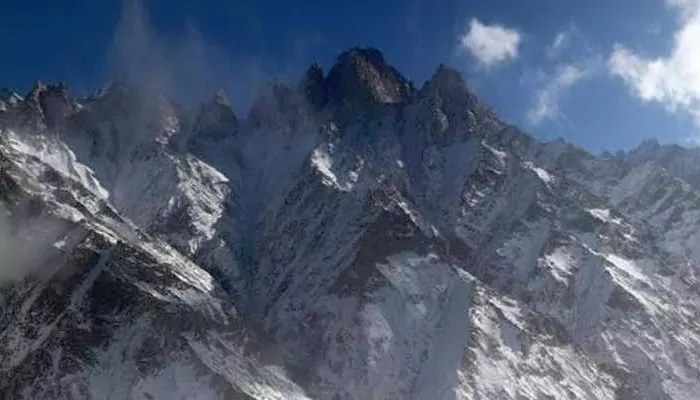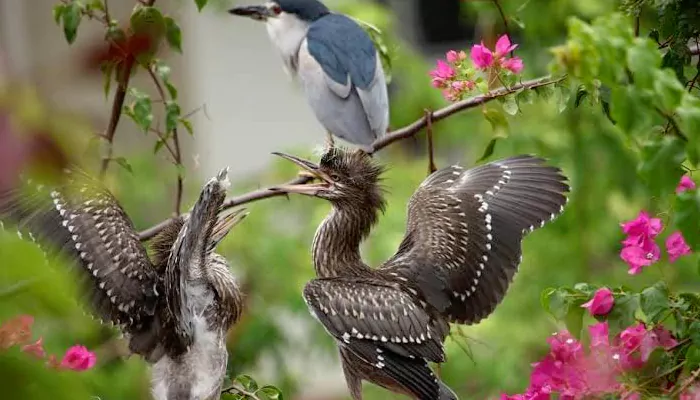
Here are today’s most important updates from the realm of Science and Space.
NASA and SpaceX joined forces to launch Crew 11 to the International Space Station (ISS) for a six-month mission. As part of the joint venture, the mission is carrying disease-causing bacteria to help researchers understand how such bacteria behave and adapt in microgravity environments. Bacteria sent up includes E. coli, Salmonella bongori and Salmonella typhimurium. Researchers will analyze how space conditions impact these illnesses - and it might even give us better insight into they work here on Earth. The insights will augment our understanding of infectious disease risks in space travel.

US Secretary of Transportation Sean Duffy, now also serving as the acting head of NASA, is expected to unveil a bold plan to speed up construction of a nuclear reactor on the Moon, a high-stakes gambit in what he calls "the second space race." The project would push NASA’s goal of placing a 100-kilowatt nuclear reactor on the lunar surface by 2030 - nearly tripling the power output of earlier plans. The reactor, once built, would serve as a permanent energy hub to power lunar habitats, support astronaut crews, and fuel science and industry in one of the most extreme environments known to man.

A new study has revealed a hidden danger carried by clouds drifting over the Himalayas. These clouds were once thought to bring pure drinking water are instead transporting toxic heavy metals from polluted lowlands to some of the world’s highest and most fragile ecosystems. This alarming discovery highlights serious health risks linked to these airborne pollutants, which pose potential threats from cancer to developmental disorders. The pollution levels in clouds over the Eastern Himalayas were found to be 1.5 times higher, primarily due to emissions from heavy traffic and industrial activity in nearby foothill regions.

A new study by researchers from the Massachusetts Institute of Technology (MIT) has revealed how the tropical forests are facing a new challenge, the reduction in seed-dispersing animals, which in turn is leading to bigger climate issues. The study mentions that seed-dispersing animals have a role in absorbing carbon up to four times in the tropical forests. The results show the importance of animals in maintaining healthy, carbon-rich tropical forests, according to researchers. The researchers incorporated data showing how human activity impacts different seed-dispersing animals’ presence and movement. They found, for example, that animals move less when they consume seeds in areas with a bigger human footprint.